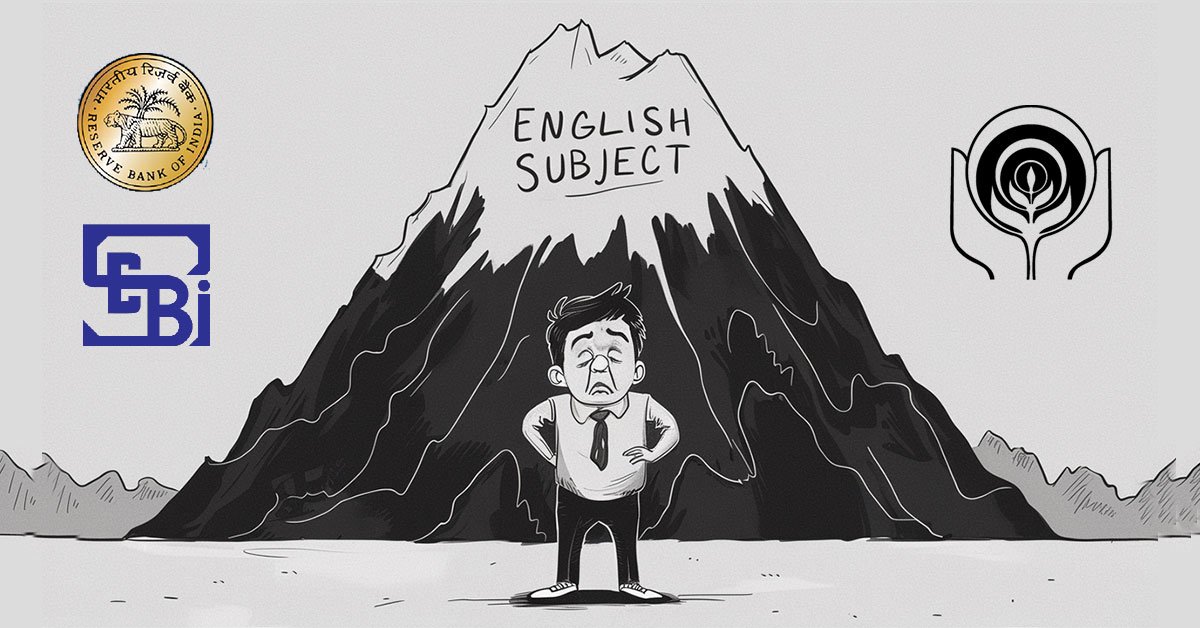Context:
India has made significant strides in clean energy over the last decade, with increased budgetary allocations and policy initiatives. The challenges are underutilized funds, dependence on fossil fuels, and supply chain constraints.
Key Highlights:
Budgetary Allocations and Utilization
- Sharp increase in funding
- The budgetary provision to the Ministry of New and Renewable Energy increased from ₹1,535 crore (2015 BE) to ₹32,626 crore (2025 BE).
- Underutilization trend
- Except for 2015 and 2023, budgetary provisions have been revised downward due to lower expenditure.
PM-KUSUM Scheme (2019)
- Objective: To introduce off-grid solar irrigation pumps and grid-connected solar plants on fallow farmland.
- Financing: ₹34,422 crore.
- Result: Partially successful with less than 0.5 GW of installed capacity due to cold response.
Impact of COVID-19 on Energy Policy
- Break in supply chain of coal, oil, and gas has proved the necessity for energy self-reliance.
- India will source 50% of energy from renewable sources by five years at the COP26 of 2021.
Changes in Policies and Obstacles
Production-linked Incentives (PLIs)
- ₹18,100 Crore for ADVANCED CHEMISTRY CELL STORAGE FOR BATTERY 2021
- ₹4,500 crore for SOLAR PV Modules 2021. Increased further to ₹ 19, 500 crore this year 2022.
Import Duties and Domestic Slowdown of the Solar Industry.
- Implementation of 40% Basic Custom Duty (BCD) on solar modules and 25% duty on solar cells to avoid all dependency on china.
- Negative impact: Higher costs slowed down solar installations nationwide.
Coal Dominance in Power Generation
- As of October 2024, renewables make up 46% of installed capacity, but 70% of power generation still comes from coal.
- Key bottleneck: Lack of grid-scale battery storage to address intermittent renewable energy supply.
Policy Adjustments on Critical Minerals
- Exempt 12 critical minerals and 35 capital goods from BCDs to enhance domestic manufacturing with a focus on lithium-ion batteries.
- Strong Critical Minerals Framework should be established with sustainable and just extraction and sharing.
Global Implications in the Future and India’s Part
- Induction of least dependence on China would require very proactive leadership over sourcing and processing of critical minerals.
- With the US receding from clean energy, India is perfectly placed to take over a highly significant role in the evolution of policies on energy transition globally.
















